How to record great guitar sounds now!
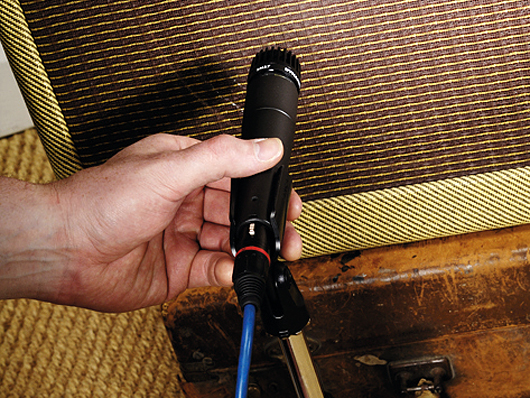
Amp & microphone
It's easy for us guitarists to be intimidated by the world of home recording, and compared to the simple process of plugging your guitar into an amplifier, it can seem like a steep learning curve. Happily, help is at hand.
Here, we present a step-by-step guide to the three most common approaches to DIY electric guitar recording, and the pros and cons of each. First up is the time-honoured traditional route...
Pros
- Great tone if you get it right
- Simple
- Great player feedback
Cons
- Noise can be disruptive
- You have to live with the sound forever
- Requires lots of space
- Good amps and mics are expensive
Step one:
Plug in to your amp and get a sound you like. Use pedals by all means if you want.
Step two:
Position your mic midway between the centre of the speaker and the edge of its cone, around an inch or so from the grille cloth. Moving further or closer to the centre will vary the sound dramatically. Experiment.
Step three:
Connect your mic to a relevant input on your audio interface.
Step four:
Route the incoming signal to an audio track in your recording software. For example: choose input two (where your mic’s plugged in) in audio channel two (the track you’re recording to).
Step five:
Arm the track to record. This is usually done by clicking an ‘R’ somewhere!
Step six:
Balance the output level on the audio interface and the input level in the software to set your input gain.
Step seven:
Hit record and play!
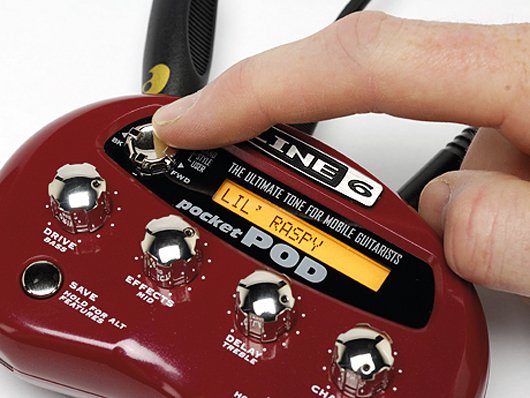
Hardware modeller
Pros
- Hundreds of available sounds
- Silent recording
- Space efficient
- Relatively inexpensive
Cons
- Less player feedback than a ‘real’ amp
- Can sound a bit processed andartificial in some cases
Step one:
Plug your guitar into the modeller, then select an amp model and whatever effects you want.
Step two:
Connect the modeller to the input on your audio interface (or directly to your computer via USB if it has the option to do so).
Step three:
Route the incoming signal to an audio track in your recording software, as explained before. Arm the track to record.
Step four:
Balance the output level on the audio interface and the input level in the software to set the input gain.
Step five:
Hit record, play!
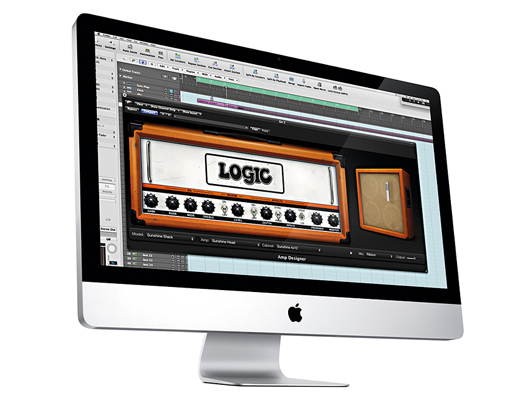
Software modeller
Pros
- Hundreds of available sounds
- Silent recording
- Space efficient
- Change sounds after you’ve recorded them
Cons
- Requires confidence with a computer
- Can be processor intensive
- Less player feedback than a ‘real’ amp
- Can sound processed and artificial
Step one:
First connect your guitar to your audio interface.
Step two:
Route the incoming signal straight to a channel in your recording software, and arm it for recording.
Step three:
Balance the output level on the audio interface and the input level in the software to set the input level.
Step four:
Select your chosen amp modeller asa plug-in to that channel – this might be a third party product such as Native Instruments Guitar Rig, or it might be included with the recording software, for example Apple’s Amp Designer and Pedalboard in Logic.
Step five:
Use the plug-in’s own interface to choose different amp and effects combinations – and remember you can change sounds subtly or radically again after you’ve recorded!
Step six:
Hit record, play!
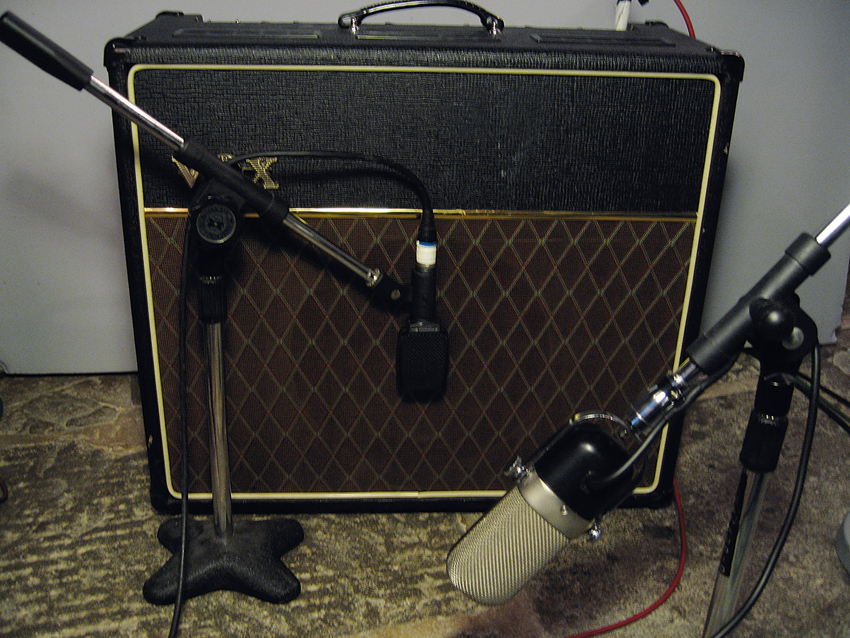
Resources
Tutorials
Recording vocals
A guide to recording studio vocals
Audio interfaces
The beginner's guide
DAWs
The beginner's guide
15 tips for computer music beginners
Just starting out? Start here!
Valve amp vs modelling in Logic
A/B test with audio
How to record guitar on a PC
More advice!
25 hot recording tips
Getter better sounds now!
16 guitar recording tips from the stars
John 5, Paul Gilbert and more!
28 more guitar recording tips from the pros
Expert advice you can't afford to miss
Recording guitar: 4 different setups
How do the professionals do it?
Hardware and software reviews
IK Multimedia AmpliTube Fender
IK Multimedia AmpliTube Jimi Hendrix Edition
Native Instruments Guitar Rig 4 Pro
Studio Devil Virtual Guitar Amp II
Liked this? Now read:
INTERVIEW: Metal production guru Colin Richardson
Connect with MusicRadar: via Twitter, Facebook and YouTube
Get MusicRadar straight to your inbox: Sign up for the free weekly newsletter
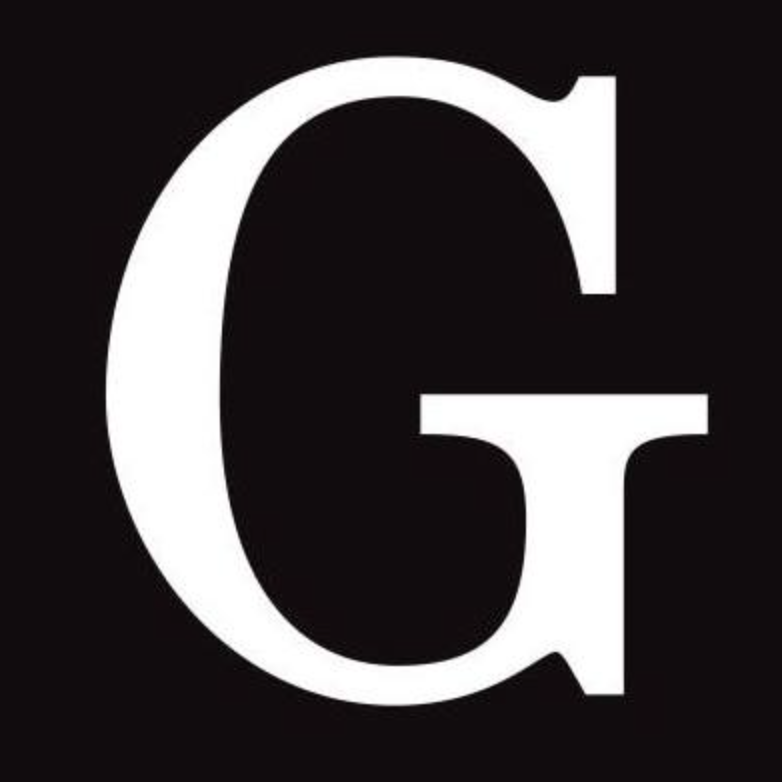
Guitarist is the longest established UK guitar magazine, offering gear reviews, artist interviews, techniques lessons and loads more, in print, on tablet and on smartphones
If you love guitars, you'll love Guitarist.
Find us in print, on Newsstand for iPad, iPhone and other digital readers